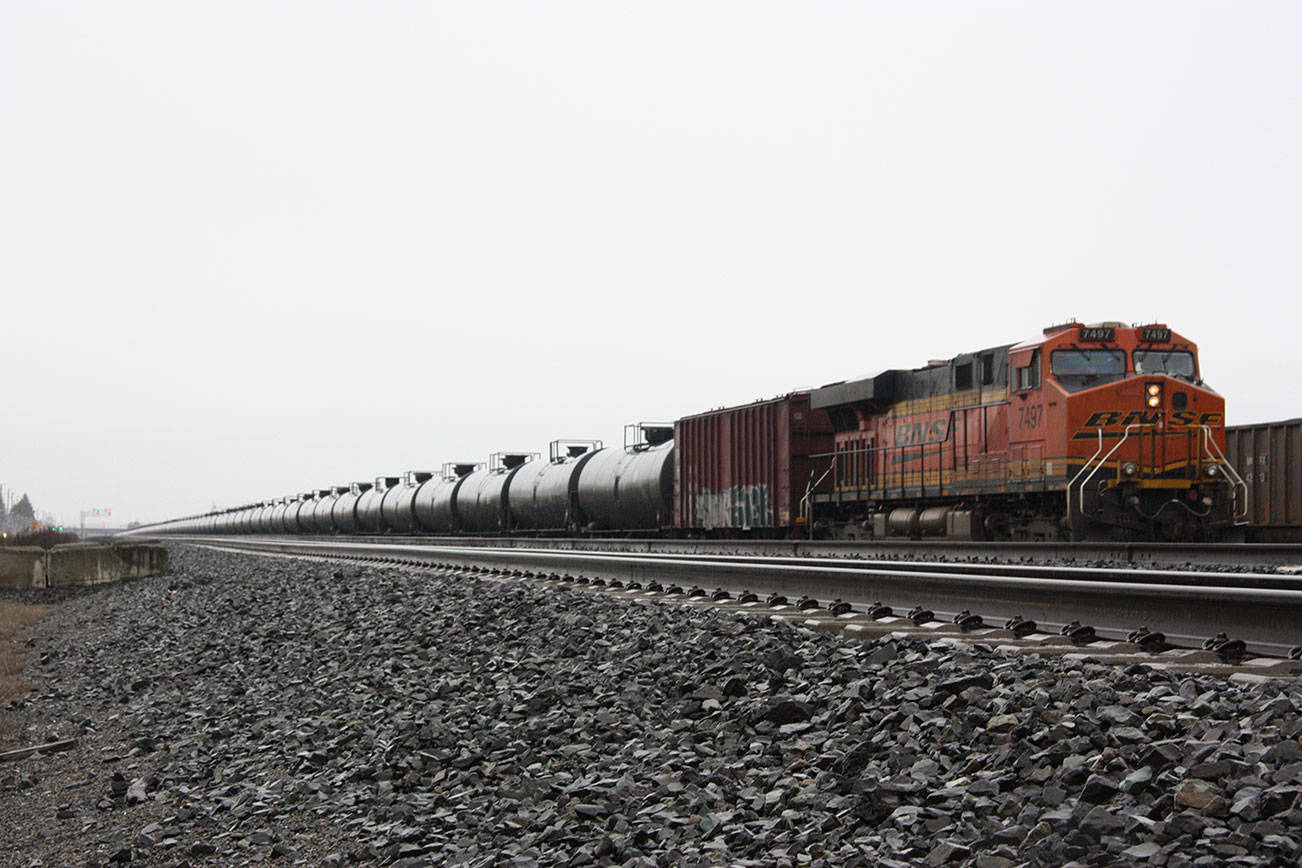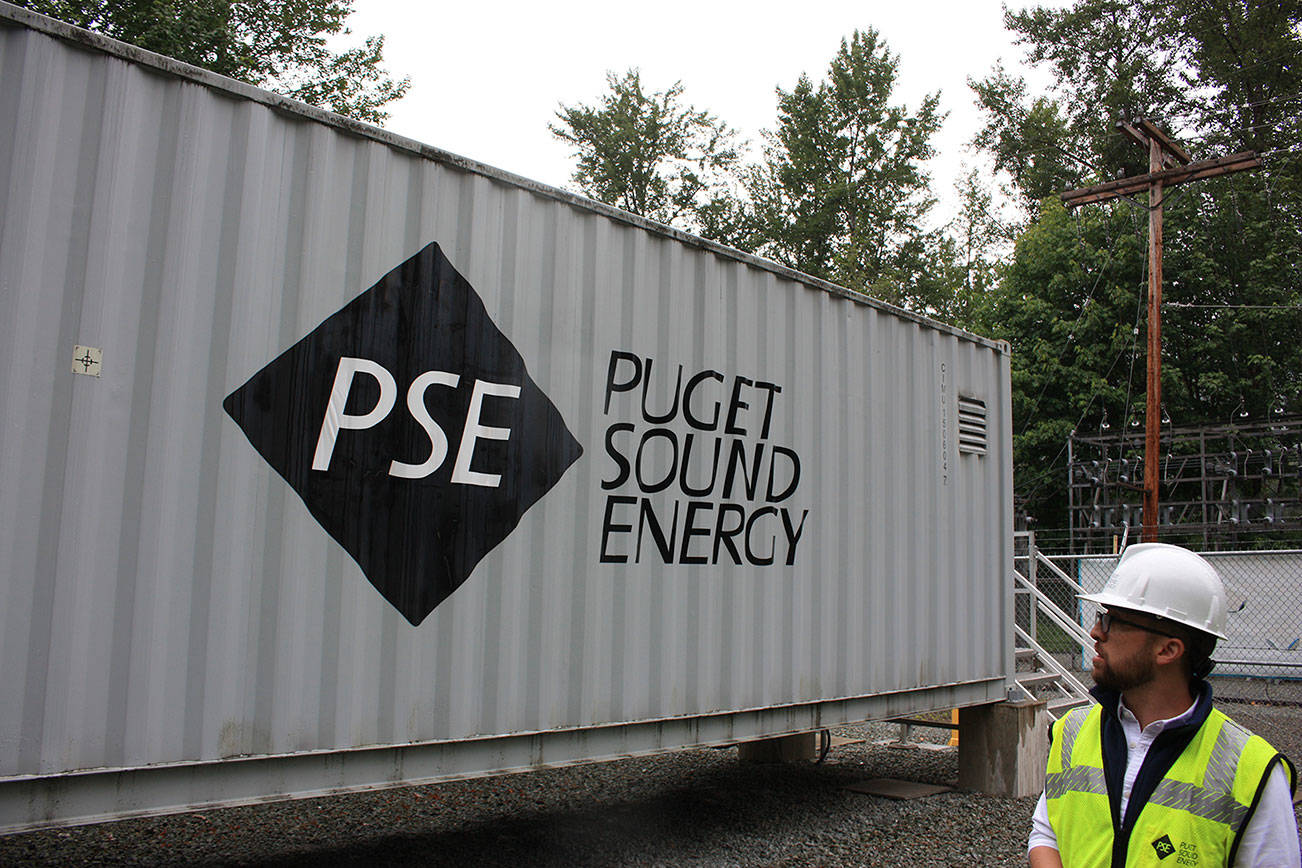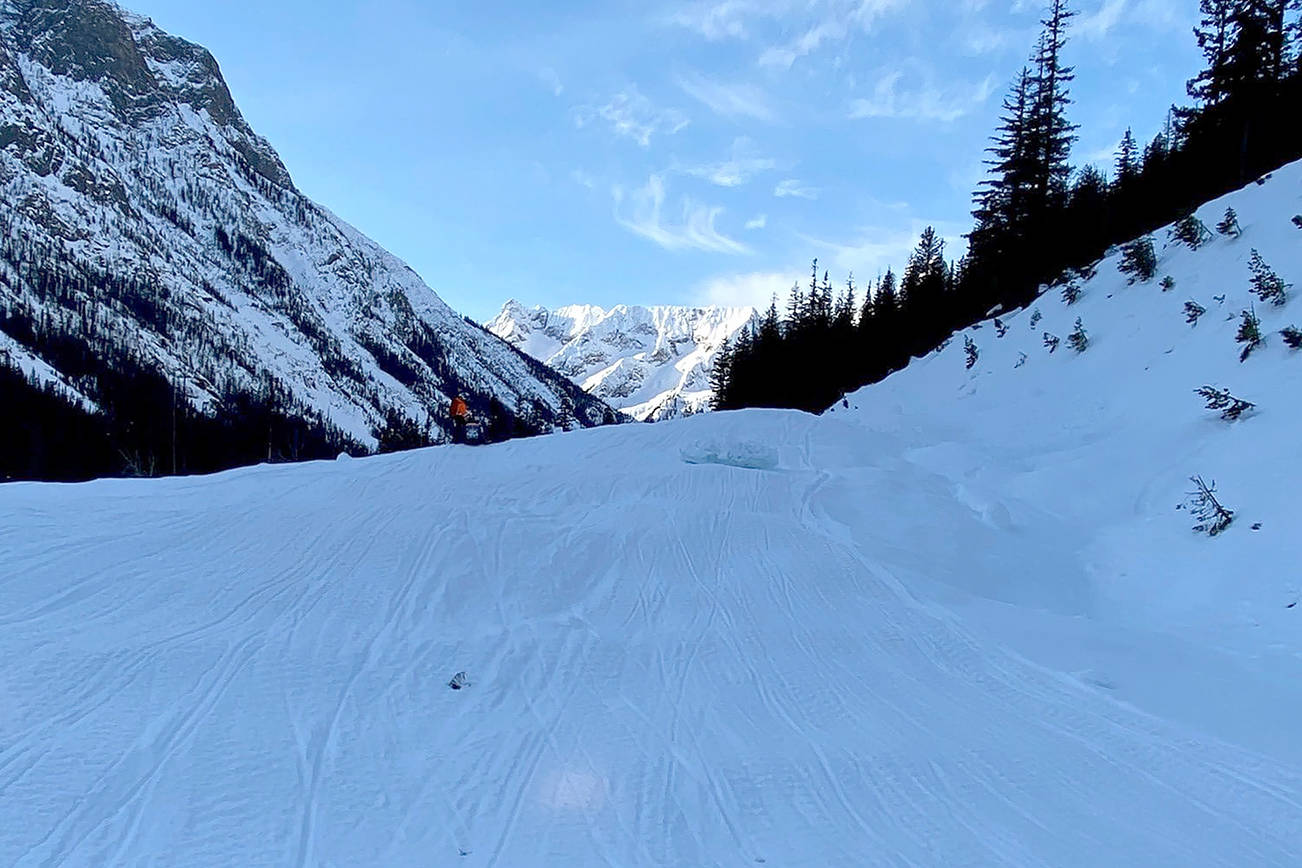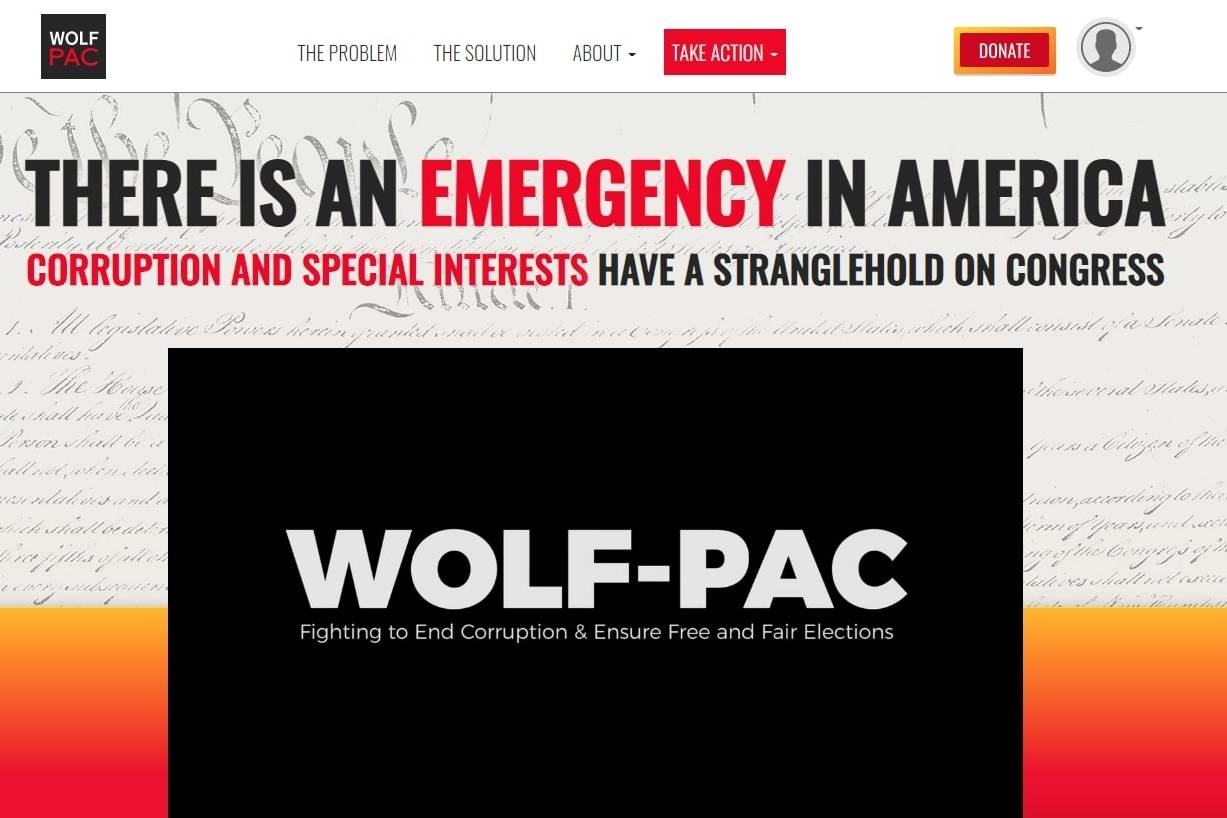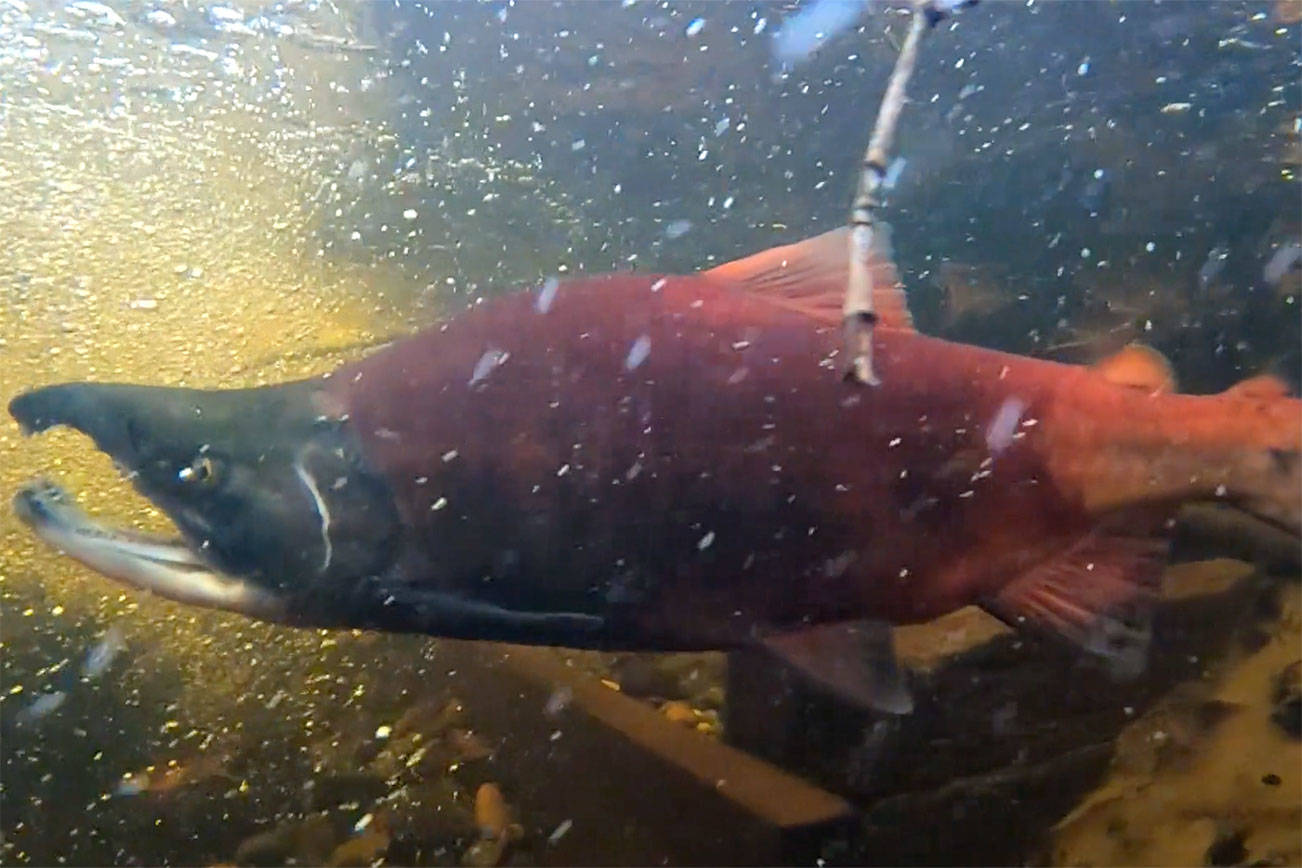Mary Paterson’s involvement in solutionary rail, a vision to electrify rail corridors spanning the U.S., began with a book review.
Paterson is a Seattle-area environmental activist, and in 2017 penned a review for Real Change after reading a book written by the solutionary rail campaign. On the surface, it might seem like the environmental movement in the Pacific Northwest is at odds with large railroad companies. It doesn’t take long to find headlines about activists blocking tracks and trying to stop trains loaded with fossil fuels from reaching refineries or ports.
Paterson said a key for environmental health and justice, creating green jobs and lowering emissions might be found in one of America’s oldest monopolies.
“This would be a role for trains that would make them part of the solution to the current problem, which is our reliance on fossil fuels, instead of their current purpose, which is to transport fossil fuels,” Paterson said. “It would give the trains a new role.”
The vision of the program is simple: move more freight, and especially long-haul freight, out of trucks and onto existing rail tracks and corridors. Ideally these would be electrified. The plan could also help rebuild passenger rail as a legitimate competitor to other forms of transportation.
On top of this, the plan could create more stops in small communities, giving local farmers and manufacturers along the line a more affordable shipping option. But the blueprint for getting there is a little more complicated. The book, titled “Solutionary Rail: A people-powered campaign to electrify America’s railroads and open corridors to a clean energy future,” was released in 2017 by the Backbone Campaign and outlines the plan. It originally proposed modernizing and electrifying the U.S. rail system through a new public-private partnership and corresponding federal oversight.
The book said it would cost about $2.5 million per mile of double track, or one track heading each direction. A 500-mile stretch would represent a $1.25 billion investment. And when considering there’s 4,400 miles of railroad track along the norther route that adds up quickly.
The U.S is behind the curve on electrifying its rail network when compared to Italy and France, countries that have more than half of their rail miles electrified. Germany, Russia and China are all close behind. The U.S., in contrast, has around 1 percent of its rail miles electrified.
Bill Moyer is the Backbone Campaign’s solutionary rail guy. He doesn’t describe himself as a “Foamer,” a nickname given to rail enthusiasts who get so excited about talking railroads they’ll (jokingly) start foaming at the mouth. Moyer said he didn’t know much about rail before getting involved. But once you get him started talking about it, it’s clear that he is as passionate about the project as they come.
“It’s in the interest of the public to know more about railroads and their potential,” he said. “Because if they don’t, it could be like the carpet just taken out from under them because this one tool that we have that has so much efficiency… is being dismantled by Wall Street profiteers and the railroad companies have basically been taken over and they’re collaborating.”
There are seven large, or Class 1, railroad companies in the U.S. Of those companies, BNSF is the largest freight carrier in the country. Its rail network transports goods across the West Coast and Midwest, including the Northern Transcon route, which runs from Washington state to Chicago.
While BNSF is privately-owned by Berkshire Hathaway, other railroads are publicly-traded. Moyer said the major U.S. railroads in recent decades have been moving toward a business model that prioritizes heavy freight, long trains and unpredictable schedules. They specialize in shipping bulk products — like oil, gas and grain — for shippers and buyers that don’t require a regular schedule.
This practice is called precision-scheduled railroading. It lets trains sit in yards until enough cars can be added for it to roll out. However, for smaller producers or companies that require reliability, this can push them out of the market, and their goods onto trucks.
Getting more freight onto trains would mean more trains — and more system reliability, Moyer said.
One of the goals of solutionary rail is to get those shipments off trucks and back onto rail. A Washington State Department of Transportation study from 2019 found that trains create 14 grams of CO2 per passenger per kilometer traveled. That’s much less than other means of transportation, like the 68 grams generated per passenger by bus, or the 285 grams per kilometer from planes.
If the rails are upgraded to accommodate electric trains running on renewable energy, solutionary rail has the potential to reduce emissions even more. Because railroads already own the right-of-way along their tracks, additional transmission lines could be built to link green energy producers and customers across the country.
Thomas White is an analyst who has been in the railroad business for 50 years, with more than half of those in actual railroads as a traffic manager and other jobs. He thinks that since existing conventional trains emit less CO2 than trucks, the push should be to get freight onto railroads now, and then electrify them later.
“No matter what we do there’s going to be lead time to move freight from highways to railroads, it’s going to involve increasing the capacity and changing the configuration of railroads,” White said. “Electrification is going to be another monumental project, but it doesn’t really do us any good until after we have the capacity to run all those trains.”
Focusing on running heavy, bulk products has meant that smaller branch rail lines across the country have been abandoned. These would likely have to be restarted to facilitate a robust freight network. Upgrades like widening out curves would also be needed.
—
Solutionary rail could benefit labor too. On an overcast winter morning, Mike Elliott drank a bottled tea at a Tacoma coffee shop. Elliott is a former union official and whistle blower who was awarded $1.25 million in 2015 after BNSF fired him for reporting safety violations.
In 2007, he asked Moyer to ‘green’ BNSF’s Northern Corridor plan. Elliott sees solutionary rail as a way to create more predictable schedules for railroad workers and increase safety. In particular, the emphasis of efficiency from the railroads often trumps labor and safety concerns through policies like reducing crews and creating more on-call schedules.
“There’s just a constant drive for efficiency, at some point it’s a compromise to safety,” he said.
A sweeping reworking of the nation’s rail system would take corresponding political willpower too. This could come in the form of a state-by-state approach, or from the federal government, depending on who you ask. But for White, the only way to make it work would be a federal push.
“For any of this to work, we have to have very, very big political shifts. And it’s also going to have to be a very, very big political fight against folks who build highways and sell automobiles,” he said.
Moyer said when they approached the major railroad companies with the plan, there was a lack of interest.
Of the several contacted for this story, only Union Pacific responded with an email statement.
“Union Pacific offers its customers the most efficient, environmentally responsible transportation solutions available today. We are constantly working to develop new technology; however, at this time, there is not an electric solution that generates the necessary power to move the heavy tonnage our customers need,” the statement said.
A recent report from The Atlantic also found that over the last three decades, Union Pacific, BNSF, Norfolk Southern and CSX have spent tens of millions trying to discredit climate science and opposing federal policy. About 70 percent of U.S. coal is shipped by rail, the article said, accounting for 14 percent of their total revenue.
The solutionary rail campaign submitted its idea to the U.S. House Select Committee on Climate Crisis. Representatives of the committee had not returned a request for comment by deadline. A Green New Deal could include something similar to solutionary rail.
Moyer is hoping for what he calls a 2030 Moonshot Modeshift in the way the U.S. approaches rail transportation.
“We’ve got a 10-year goal as a society that we need to meet, and it’s time, maybe it’s time to stop worrying about about what can we do for the railroad companies, and what needs to make the railroad infrastructure work for the American people instead of some anonymous profiteers,” Moyer said.
